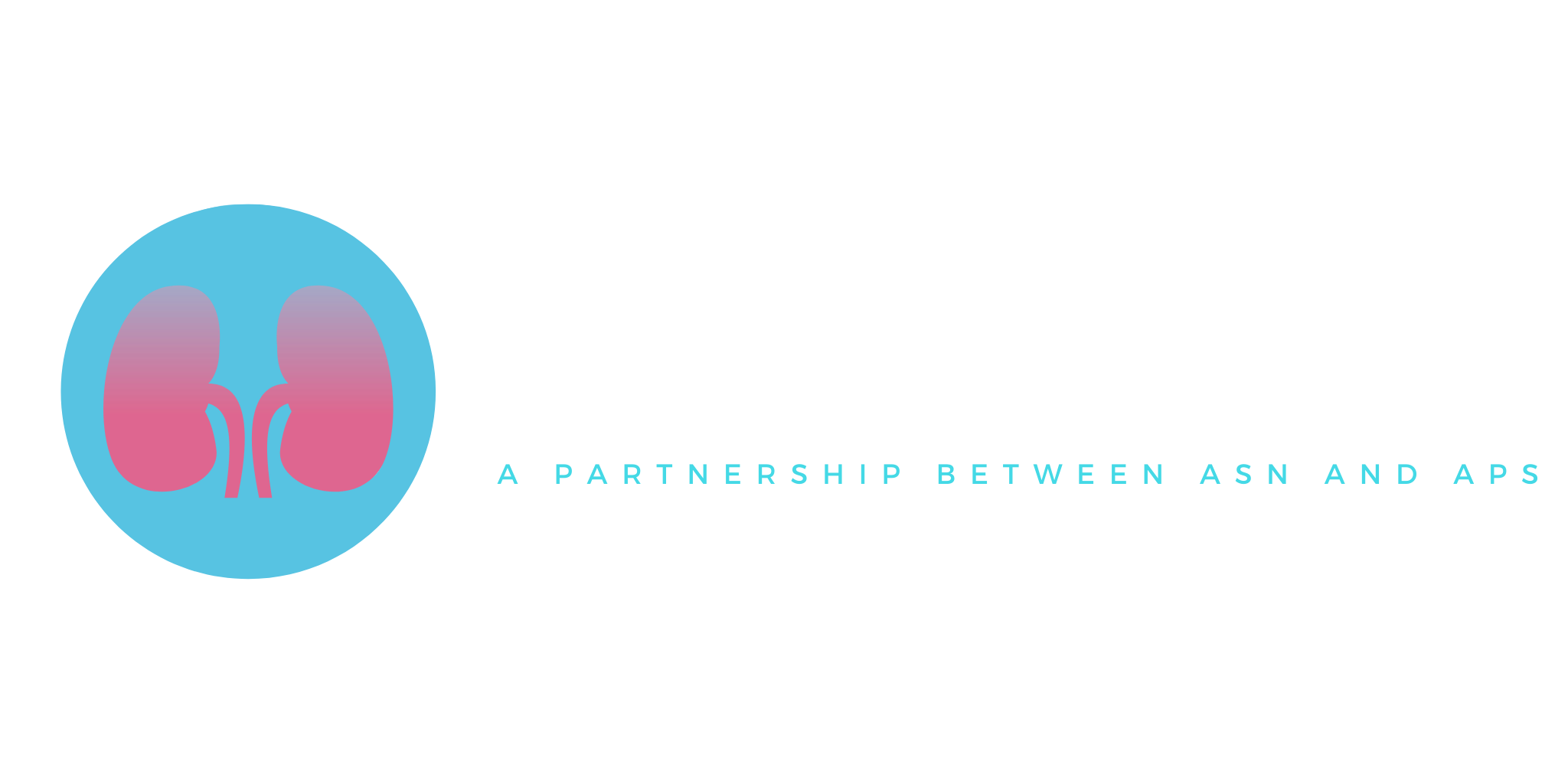Top Talks Awards
2024 Faculty Expert Awards
Nina Goerlich
Deep phenotyping of urinary cells with cytometry by time of flight reveals CD8+CD38+ T cells as biomarker to detect T cell-mediated rejection.
Nina Cintron Pregosin
Rapid podocyte loss triggers the formation of intercellular bridges.
Irene Chernova
Na+-K+-ATPase Enables Pathological B cell Survival and Leads to GBM Thickening in Lupus Nephritis.
Robert Van Sciver
Targeting a Ciliary Switch to Halt Kidney Cyst Growth.
Duuamene Nyimanu
Activation of Apelin Receptor Inhibits Cystogenesis in a Mouse Model of Polycystic Kidney Disease.
2024 People’s Choice Awards
Jessica Hebert
Recovered Acute Kidney Injury Causes Subsequent Renal and Cardiovascular Dysfunction In Pregnancy.
Samar Rezq
Revitalizing Kidney Health in Polycystic Ovary Syndrome: A Novel Approach— Targeting STAT3 Signaling for Restored Mitochondrial Function and Reduced Kidney Injury.
Nina Cintron Pregosin
Rapid podocyte loss triggers the formation of intercellular bridges.
Victor Canela
Scanning Electron Microscopy and Energy Dispersive Spectroscopy Reveal Internal Nonconcentric Structures in Ductal Plugs with CaOx Overgrowth and Urate Crystals in Randall’s Plaque Stones.
Adrian Murillo De Ozores
Role of CREB, CREM and ATF1 Transcription Factors in the Vasopressin-Mediated Increase in AQP2 Abundance in Collecting Duct Cells.
2023 Faculty Expert Awards
Rebekah Nicholson
Ceramides as mediators of mitochondrial dysfunction driving kidney injury.
Amanda Clark
HNF4α links PGC1α to QPRT and de novo NAD+ biosynthesis.
Antonio Fontanella
STING activation by mtDNA triggers podocyte injury in DKD.
Andrea Sanchez Navarro
Macrophage-specific deletion of cytosolic nucleotide sensors ameliorate kidney fibrosis and inflammation.
Josselin Nespoux
P2X7 Receptor Knockout Does Not Affect Renal Hemodynamics, Tubular Sodium Reabsorption, and Angiotensin II-Induced Renal Injury in F344 Rats.
Evan Ray
Lactating kidneys up-regulate expression of cyclin D1 and TRPM6 in the DCT, suggesting DCT hyperplasia.
2023 People’s Choice Awards
Jelina Basnet
Androgen receptor PROTAC degraders as a novel therapy for excess androgen-mediated renal injury in Polycystic Ovary Syndrome.
Matthew Cheung
Evaluation of the human immune response in two gene-edited, pig-to-human kidney xenotransplants.
Samaneh Gholami
Activation of branched chain amino acid (BCAA) catabolism protect against acute kidney injury.
Victoria Nasci
Evidence of Estrogen Biosynthesis in the Rat Distal Nephron.
2022 Faculty Expert Awards
Sophie Blackburn
Differentiation of Human Kidney Organoids Within a Microfluidic Chip Promotes Podocyte-Endothelial Cell Interaction
Ubong Ekperikpe
Decreasing T-cell activation inhibits progressive renal injury in obese Dahl salt-sensitive rats before puberty
Fabian Bock
Rac1 promotes epithelial collecting duct repair by maintaining mitotic morphology
Hannah Costello
The Circadian Clock Protein PERl is Important in Maintaining Endothelin Axis Regulation in Dahl Salt Sensitive Rats
2022 People’s Choice Awards
Samar Rezq
STAT3 Inhibition Ameliorates Renal Injury in Polycystic Ovary Syndrome
Christine Klemens
Ion and Metabolite Composition of Cystic Fluid From a Rat Model of ARPKD
Fabian Bock
Rac1 promotes epithelial collecting duct repair by maintaining mitotic morphology
Hannah Costello
The Circadian Clock Protein PERl is Important in Maintaining Endothelin Axis Regulation in Dahl Salt Sensitive Rats
2021 Faculty Expert Awards
Victoria Halperin Kuhns
A Novel Model of Hyperuicemia via Inducible Uricase Knock-Out
Daniyal Jafree
Interrogating the spatial and molecular profile of kidney lymphatic vessels in health and transplant rejection
Jamie Lin
Identification of tertiary lymphoid structures in immune checkpoint kidney related adverse events
Elizabeth Nguyen
The regenerative response to renal injury of the African spiny mouse is epigenetically regulated through H3K27 methylation
2021 People’s Choice Awards
Victoria Halperin Kuhns
A Novel Model of Hyperuicema via Inducible Uricase Knock-Out
Corrine Farrell
Estrogen regulates miR-17-92 to alter sodium transport in the kidney distal nephron
Daniyal Jafree
Interrogating the spatial and molecular profile of kidney lymphatic vessels in health and transplant rejection
Harini Srinivasan
Renal Dendritic Cells Contribute to Reactive Oxygen Species
Laura Onuchic
The C-Terminal tail of polycystin-1 rescues cystic phenotype in a mitochondrial enzyme-dependent fashion

